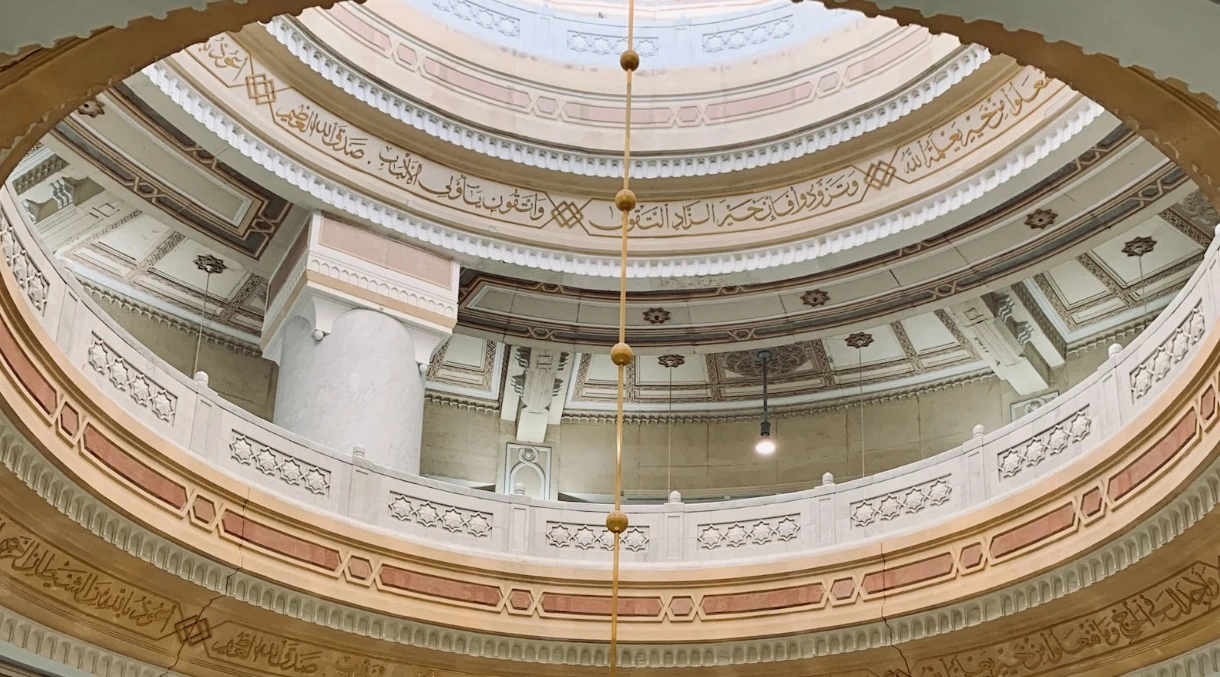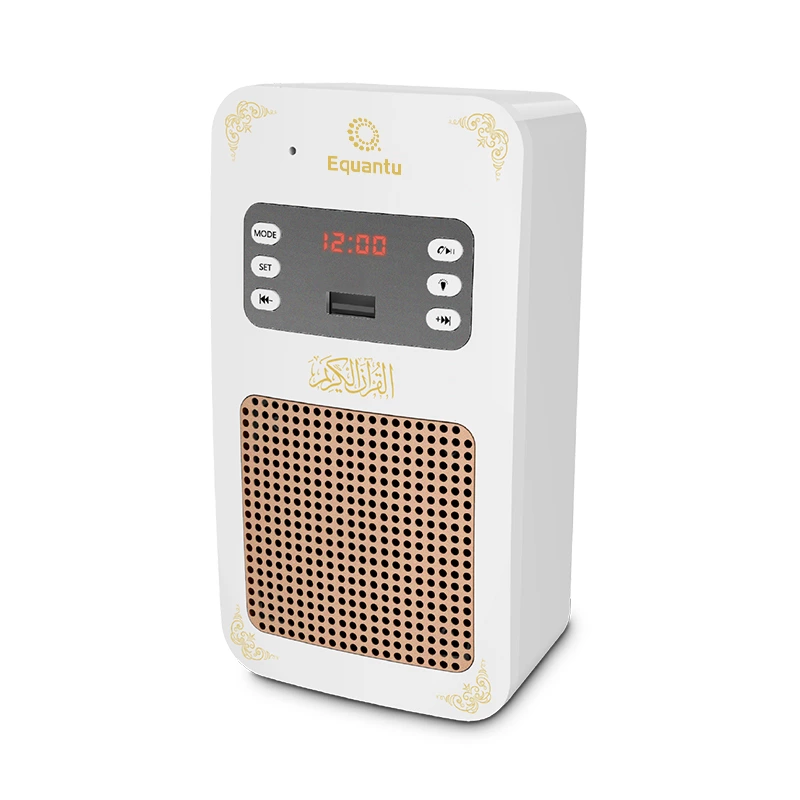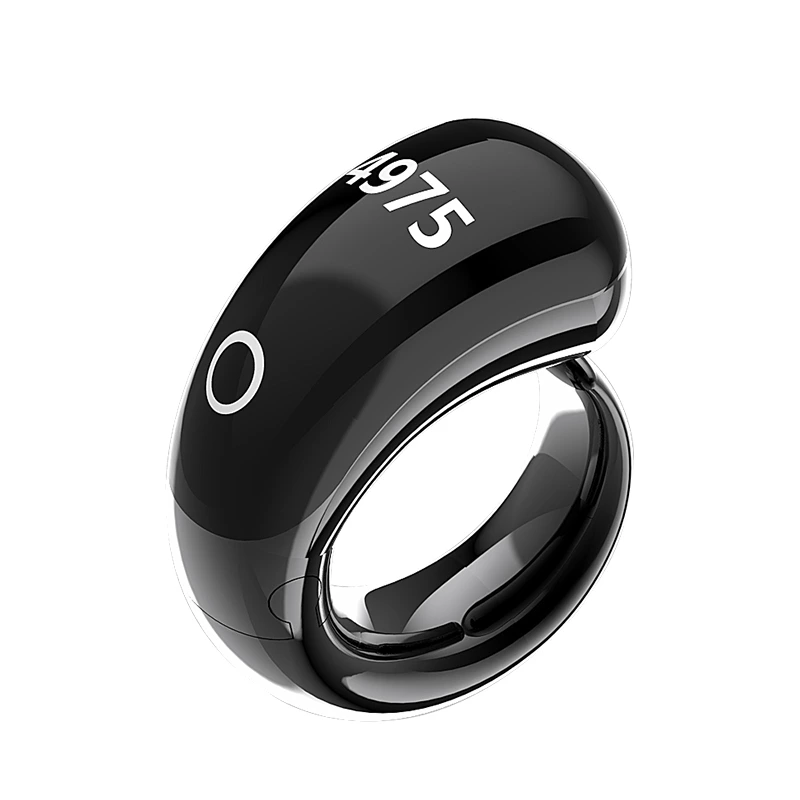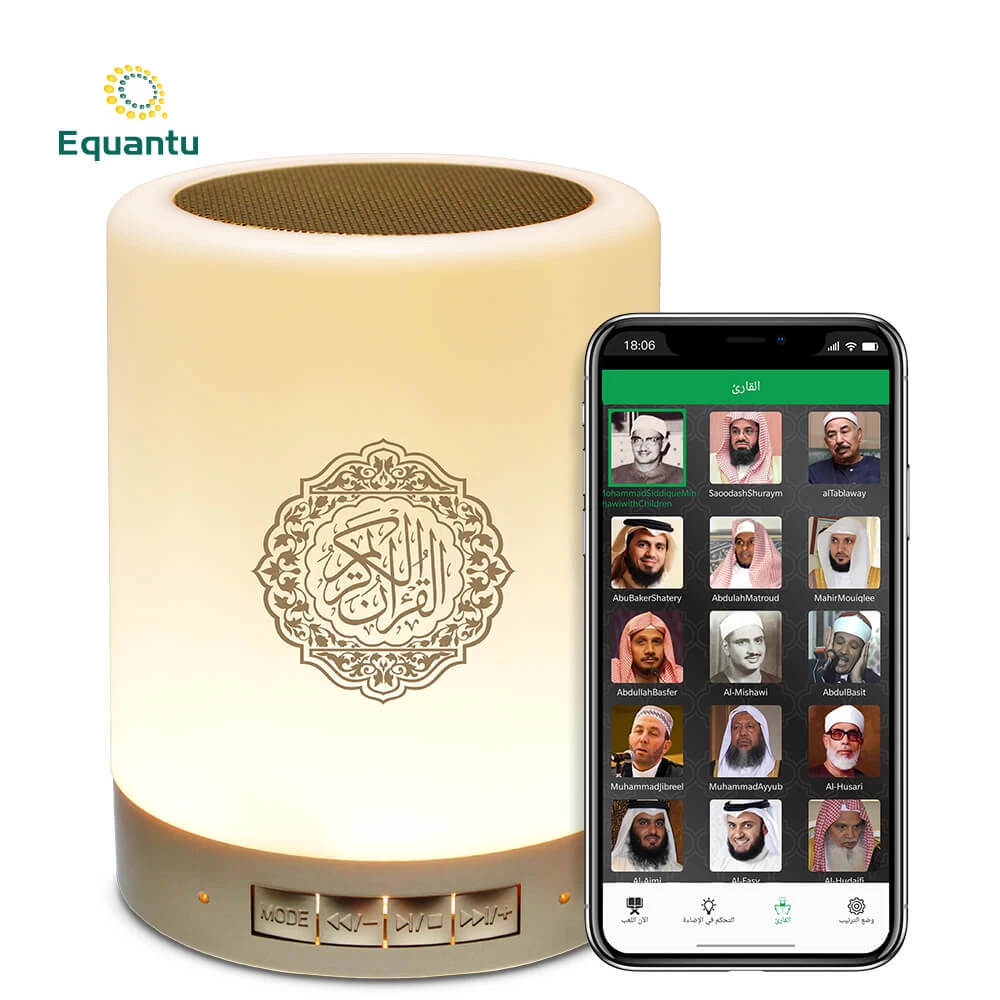The Historical Roots
The origins of Islamic geometric patterns can be traced back to the early centuries of Islam, around the 7th century. As Islam spread across diverse regions, it absorbed and integrated artistic influences from Byzantine, Persian, and Central Asian cultures. This fusion gave rise to a unique style characterized by repetitive geometric motifs, which became a hallmark of Islamic art.
Symbolism in Geometric Patterns
Islamic geometric patterns are more than mere decoration; they carry profound symbolic meanings. The repetition and symmetry inherent in these designs reflect the infinite nature of Allah and the underlying order of the universe. Each pattern symbolizes unity, balance, and the interconnectedness of all creation. The use of geometric shapes like stars, polygons, and interlocking lines serves as a visual representation of the divine harmony that governs the cosmos.
Religious Significance
In Islamic tradition, the depiction of living beings is generally avoided in religious contexts to prevent idolatry. Instead, geometric patterns and calligraphy become the primary forms of artistic expression in mosques and religious texts. These patterns facilitate contemplation and spiritual reflection, guiding believers towards a deeper connection with the divine. Products like Quran speakers and Zikr rings often incorporate these geometric motifs, enhancing their spiritual significance and aesthetic appeal.
Cultural Integration
Islamic geometric patterns are not confined to religious settings; they permeate various aspects of daily life and cultural expression. From architecture and textiles to ceramics and metalwork, these patterns symbolize the pervasive influence of Islamic art. Modern products, including Quran speakers and Zikr rings, continue this tradition by embedding geometric designs that resonate with contemporary Muslim lifestyles while honoring their artistic heritage.
Conclusion
The origins and symbolism of Islamic geometric patterns reveal their integral role in Islamic art and spirituality. These patterns embody the mathematical precision and spiritual depth that define Islamic culture, making them timeless symbols of faith and beauty. By incorporating geometric motifs into modern worship tools like Quran speakers and Zikr rings, the rich legacy of Islamic geometric patterns is preserved and celebrated in new and meaningful ways.







